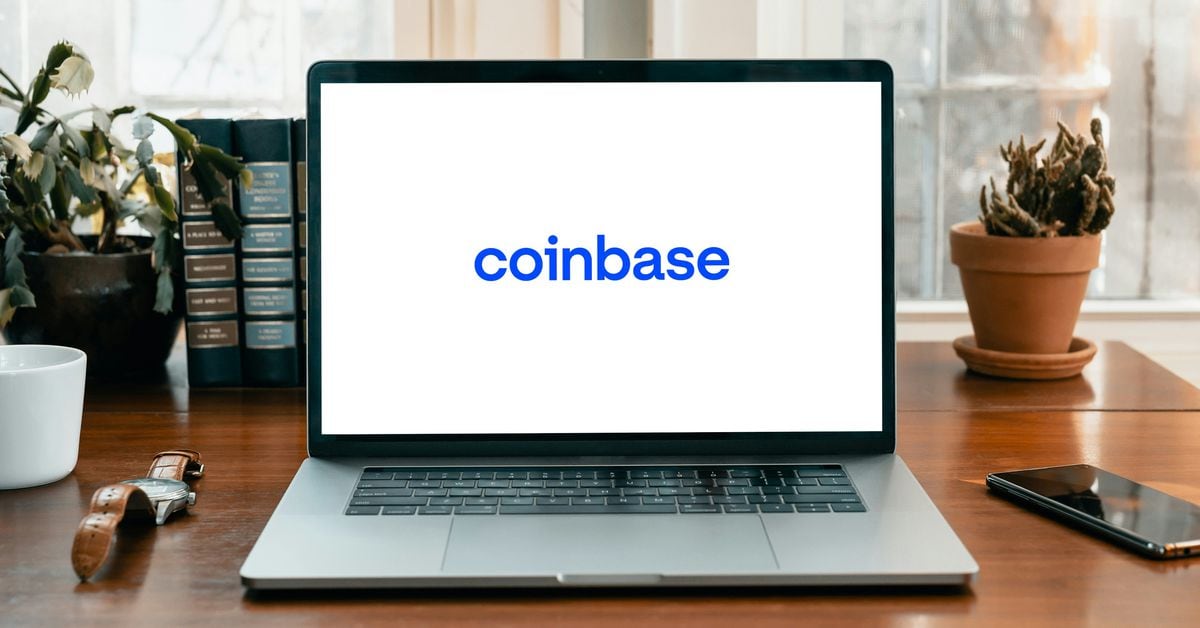Hedera is a network that uses a new DLT (distributed ledger technology) called Hashgraph. In this technology, instead of blocks, data is stored in hashes. The Hashgraph technology works just like blockchain.
Hashgraph makes the process faster and more secure since it verifies transactions through gossip protocol and virtual voting.
Hedera (with its no-fork guarantee) does not let any other team use the Hashgraph technology. Therefore, this brings a safe and stable platform for application builders and ensures that the network is confident. The main difference between Hashgraph and blockchain is that Hashgraph does not need compute-heavy PoW( proof of work).
You can work, play, create, buy, sell, and communicate with people on this network.
What is Hedera?
Hedera is a digital cryptocurrency, also referred to as HBAR Coin on the Hashgraph network.
Hedera Hashgraph is a platform that claims to be more secure and faster than blockchain platforms. It avoids the type of minings that take much energy by using DAG (directed acyclic graph).
As implied by the name, Hashgraph works as a graph, not a blockchain; this means that the more transactions added to the network, the faster verifications will happen, based on a technology called Directed Acyclic Graph. DAG aims to help this network complete 100,000 transactions per second. This large number of transactions makes this platform a competitor to mass-market payment systems such as Visa.
The above-mentioned network has a unique technology called DLT. DLT uses this technology instead of blockchain to improve speed, scalability, and cost. Transactions are complete in 3 to 5 seconds, and the fee is 0.0001 U.S. dollars.
Hashgraph’s consensus algorithm is called ABFT (asynchronous Byzantine Fault Tolerance). ABFT is believed to be one of the most secure algorithms and is resistant to DDoS and Sybil attacks.
This platform is fair because leader nodes or miners have no special privileges to control the consensus timestamp allocated to a transaction. An automated voting process calculates the consensus timestamps for transactions.
Hedera background
Inventor Leemon Baird and his business partner Mance Harmon founded Hedera in 2018 in the U.S. Leemon invented the Hashgraph distributed consensus algorithm. He is the Chief scientist of Hedera. Other than this platform, Leemon has co-founded several other startups. He holds a Ph.D. in computer science from Carnegie Mellon University. Leemon Baird has multiple experiences, including teaching at the U.S. Air Force Academy and working as a senior scientist in many labs. He has numerous patents and publications in journals and has held conferences in different fields such as computer security, mathematics, and machine learning.
Mance Harmon, the second co-founder, is the current CEO of Hedera. He is experienced in leading government agencies, multi-national corporations, and high-tech startups. Moreover, Mance has technical expertise in distributed consensus, including Hashgraph and blockchain. He has experience in the fields of machine learning and cybersecurity.
This Hashgraph was able to raise about 120 million dollars through the token sale. That money goes to back up the micropayments (by providing cryptocurrency) to develop storage in the form of a distributed file service. Applications can use this distributed file service, which lets contracts and smart contracts on the Hedera platform.
The network launched its mainnet in 2019, and it claimed that it could support more than ten thousand transactions per second, and it has kept its promise so far for standard HBAR token transfers.
A governing council of companies from all over the world and entities have invested in and now manage the platform. The platform onboarded Google to its panel in February 2020, one of its most significant partnerships. Google runs a Hedera network node and participates in the governance of the network. Standard Bank, EDF, and eftops have joined the council as well.
Hedera Advantages
This platform allows you to:
- Have faster transactions compared to Ethereum and Bitcoin
- Pay lower fees
- Have an energy-efficient way for transactions (great for enterprises)
- Have a secure, fair, and scalable network
But like any other platform, this one has its cons as well. The biggest con must be that this network is centralized because of the no-fork policy that it holds. The other con is that it handles a low number of transactions per second compared to other giants in the industry.
HBAR
Hbar is the native cryptocurrency of the network. There are 50 billion Hbars scattered in the world, and this cryptocurrency is very energy efficient.
This network network uses Hbar to compensate nodes for storage, bandwidth, and compute for each transaction. This crypto is also used for weighted voting and network governance because it uses the PoS (proof of stake) concept, not the PoW (proof of work).






